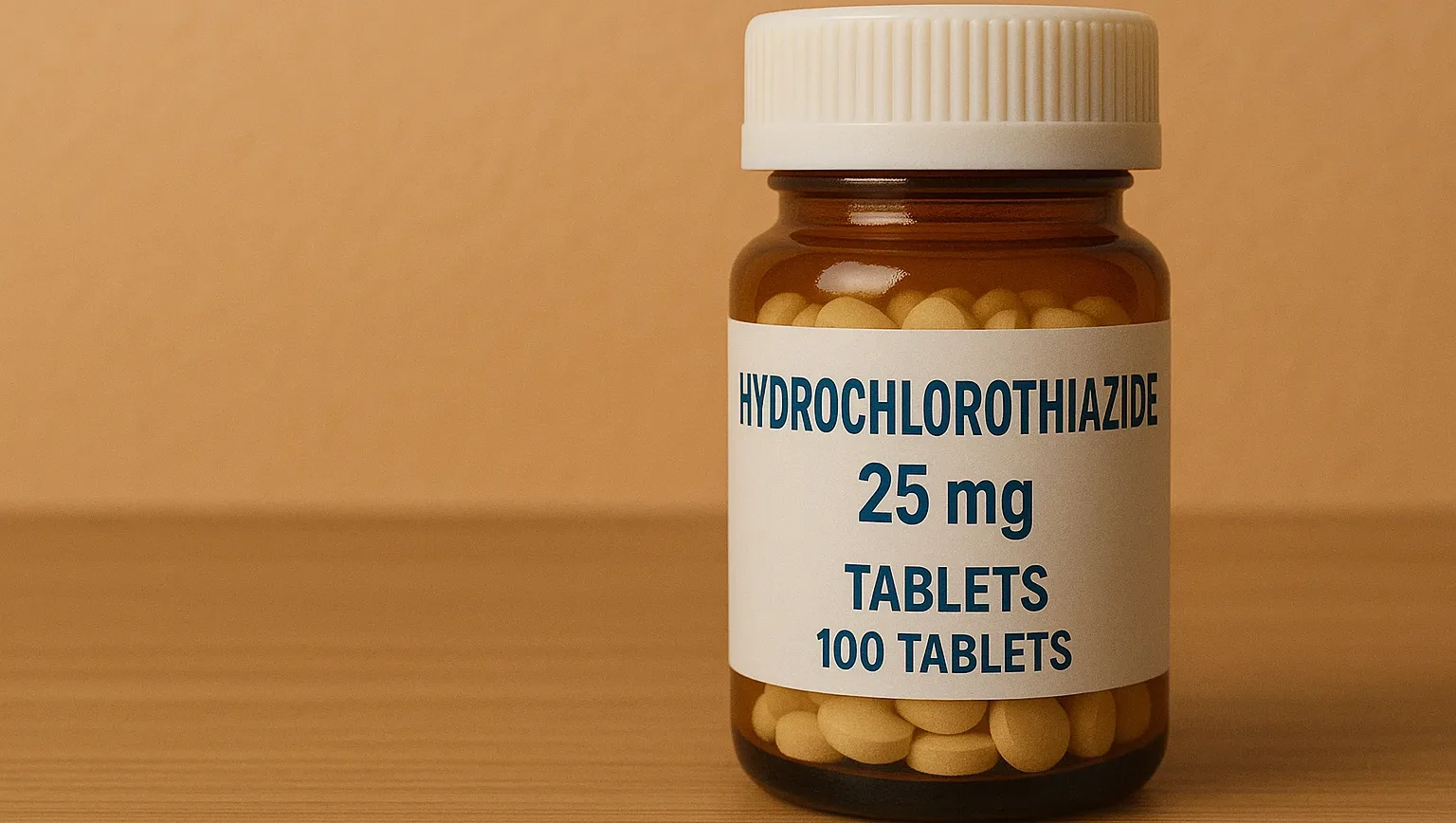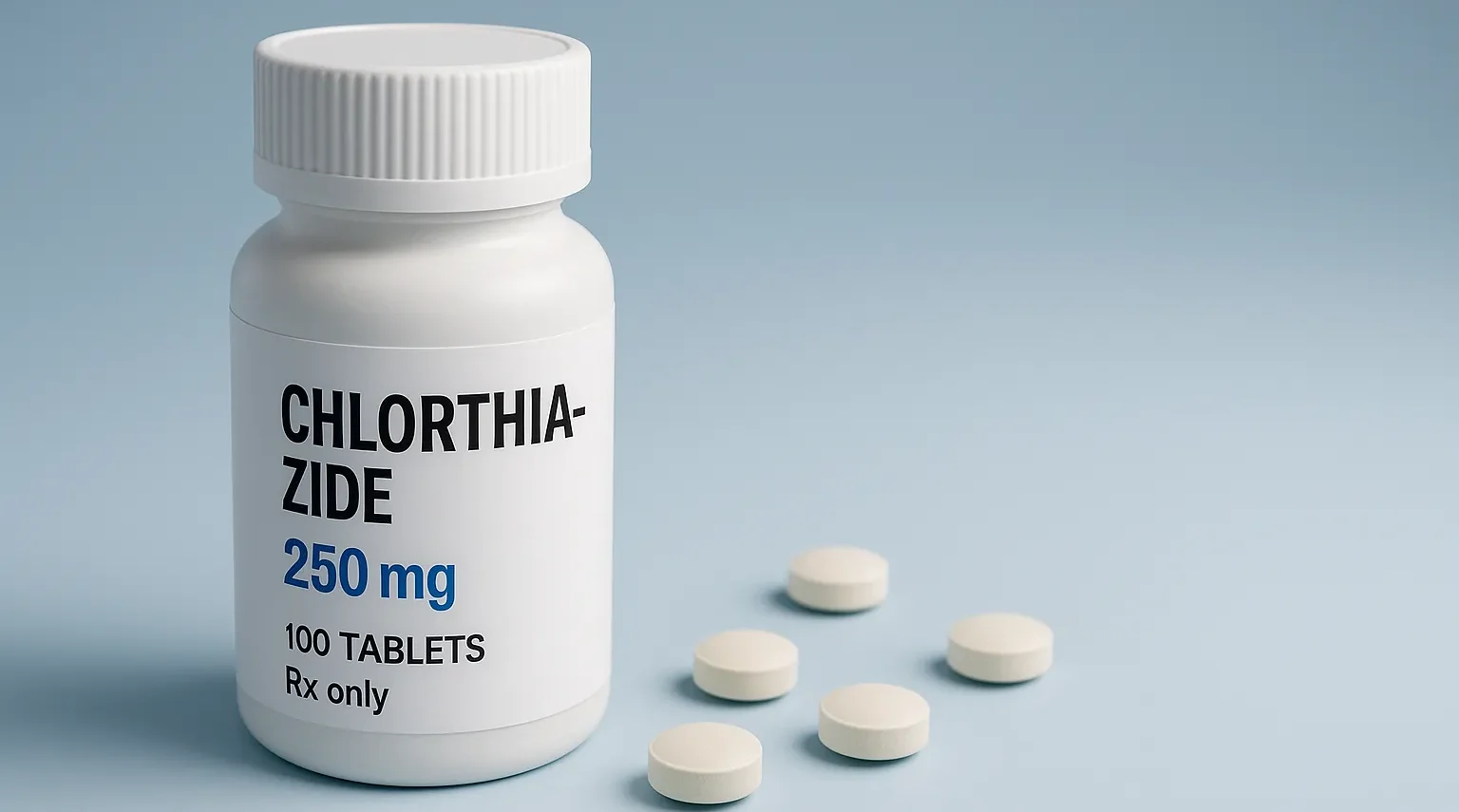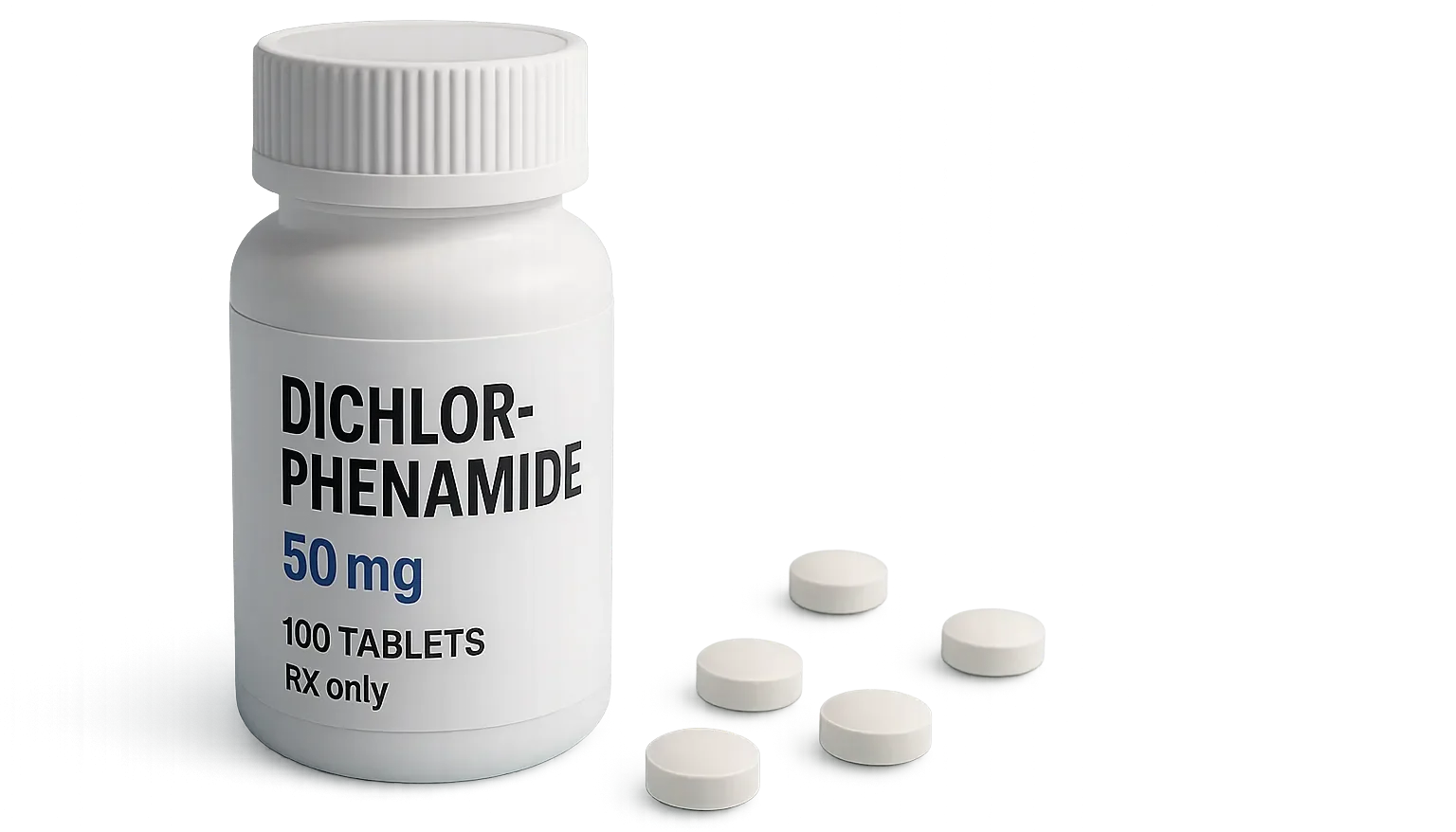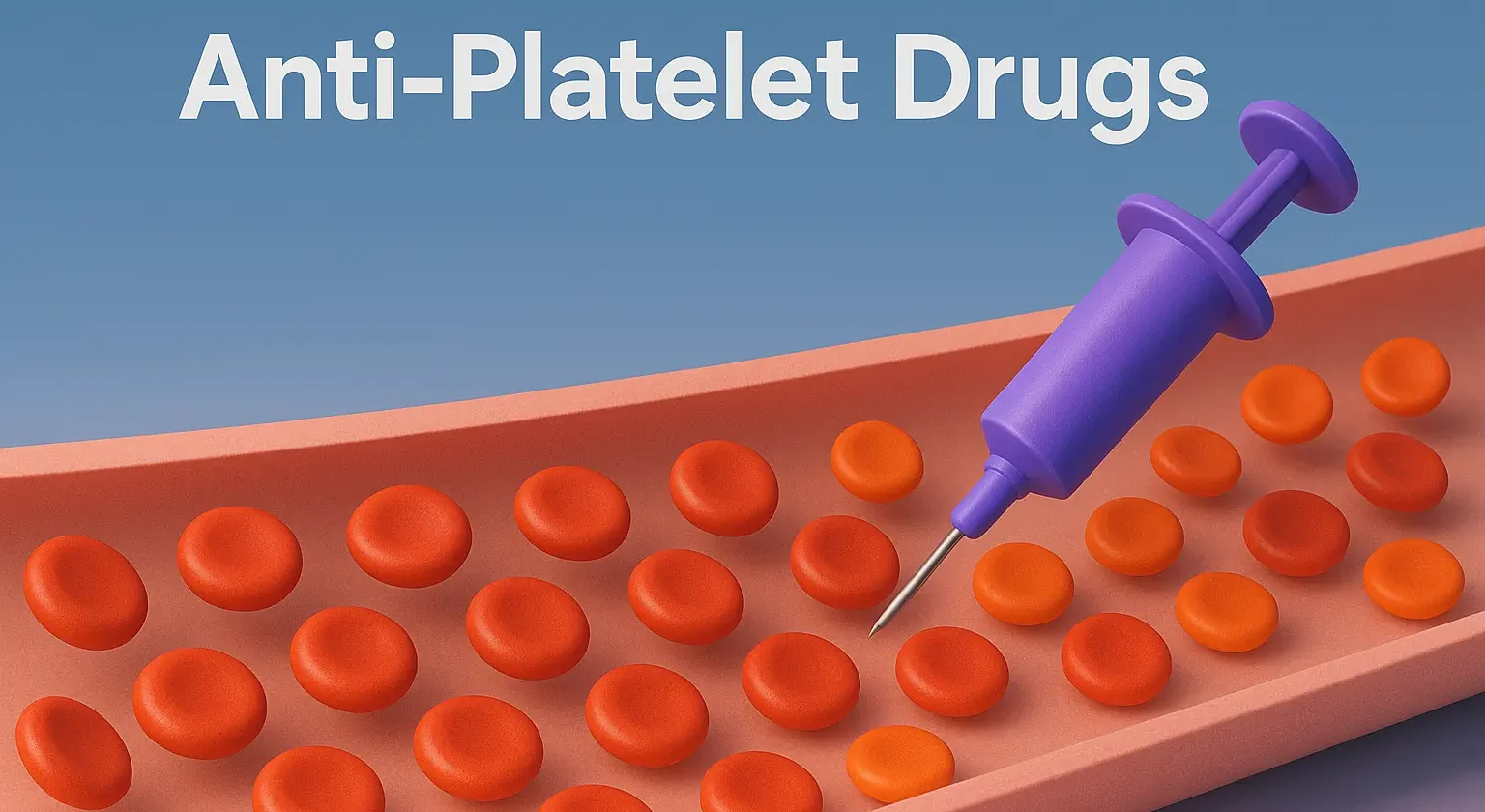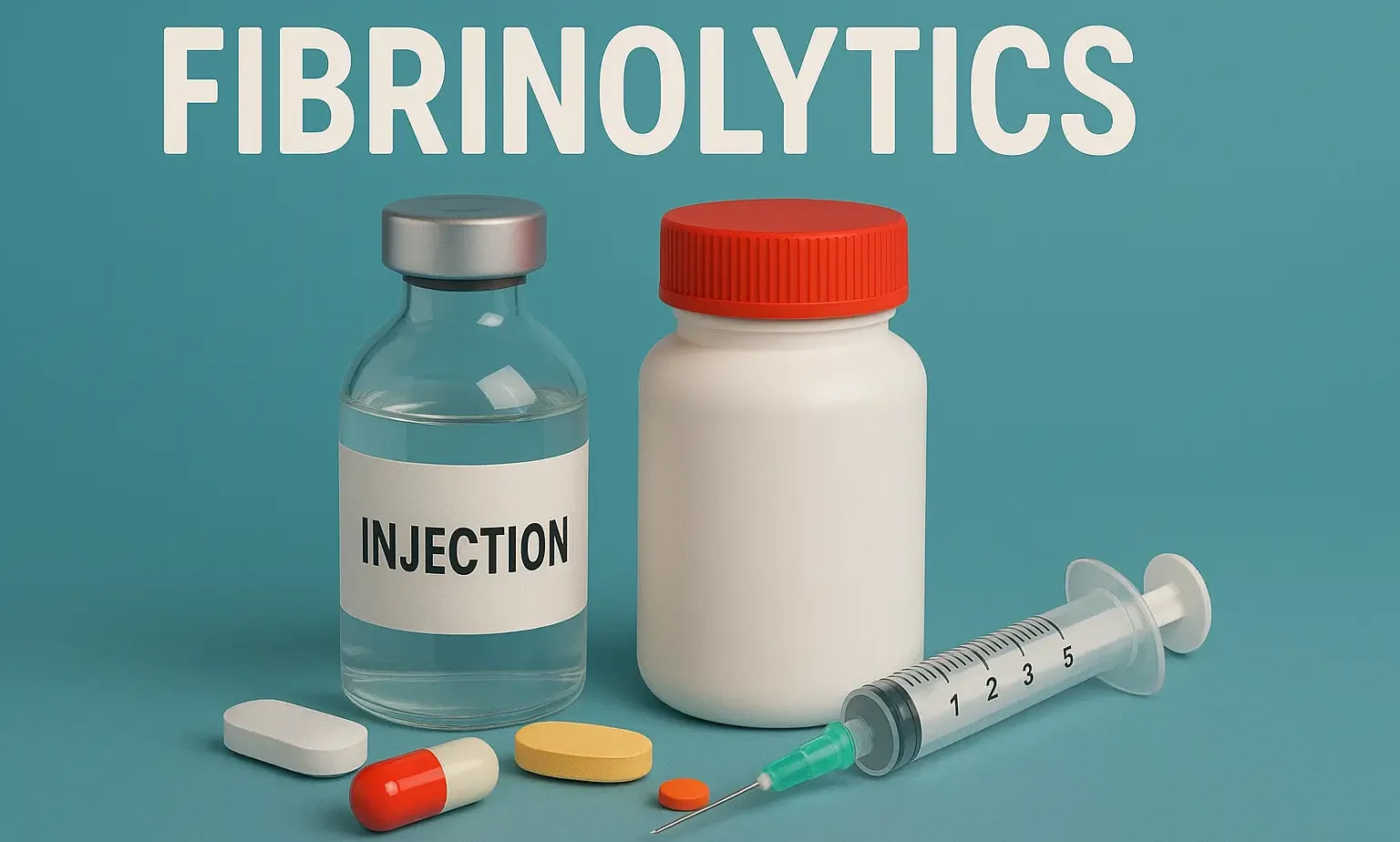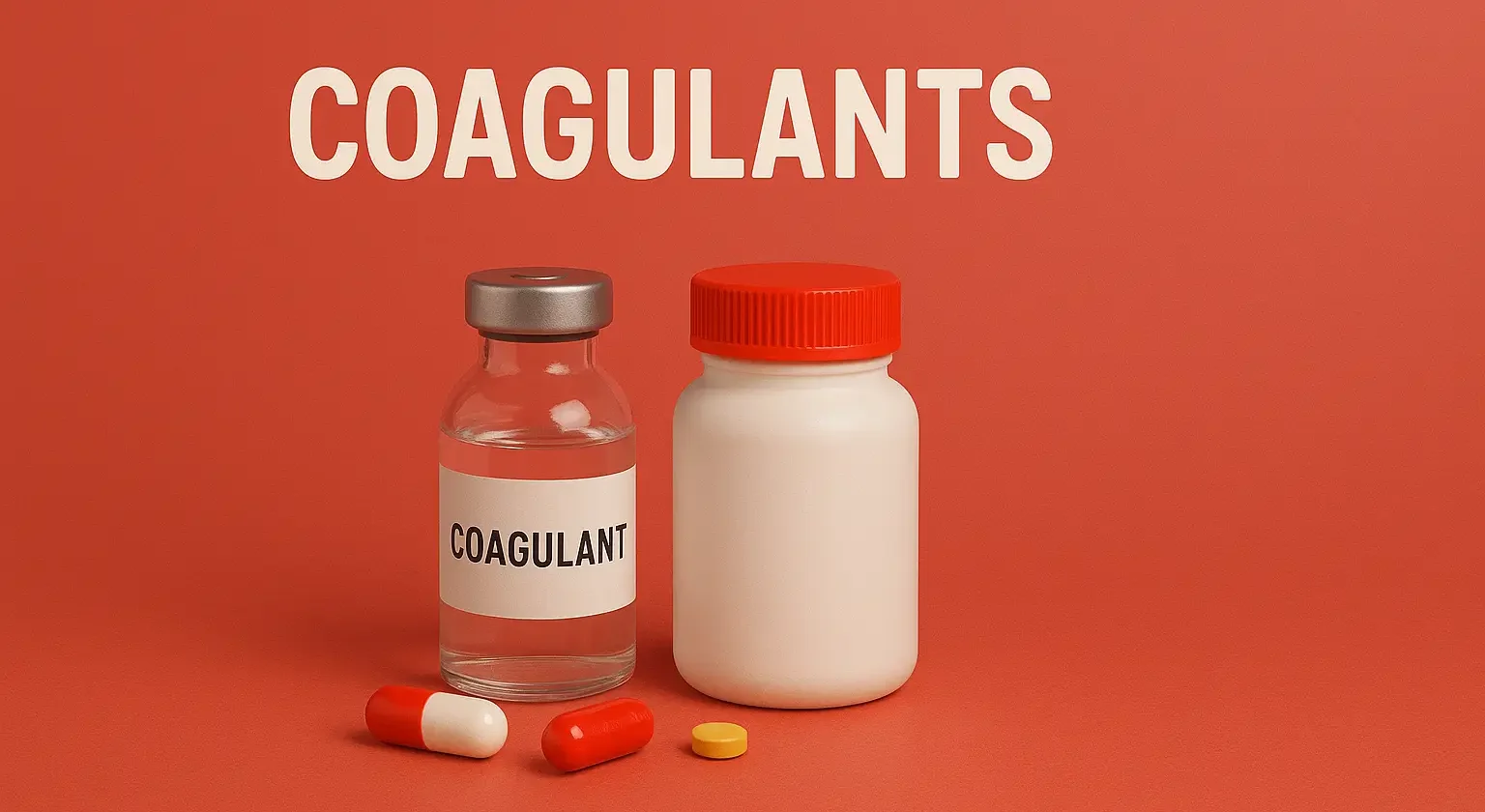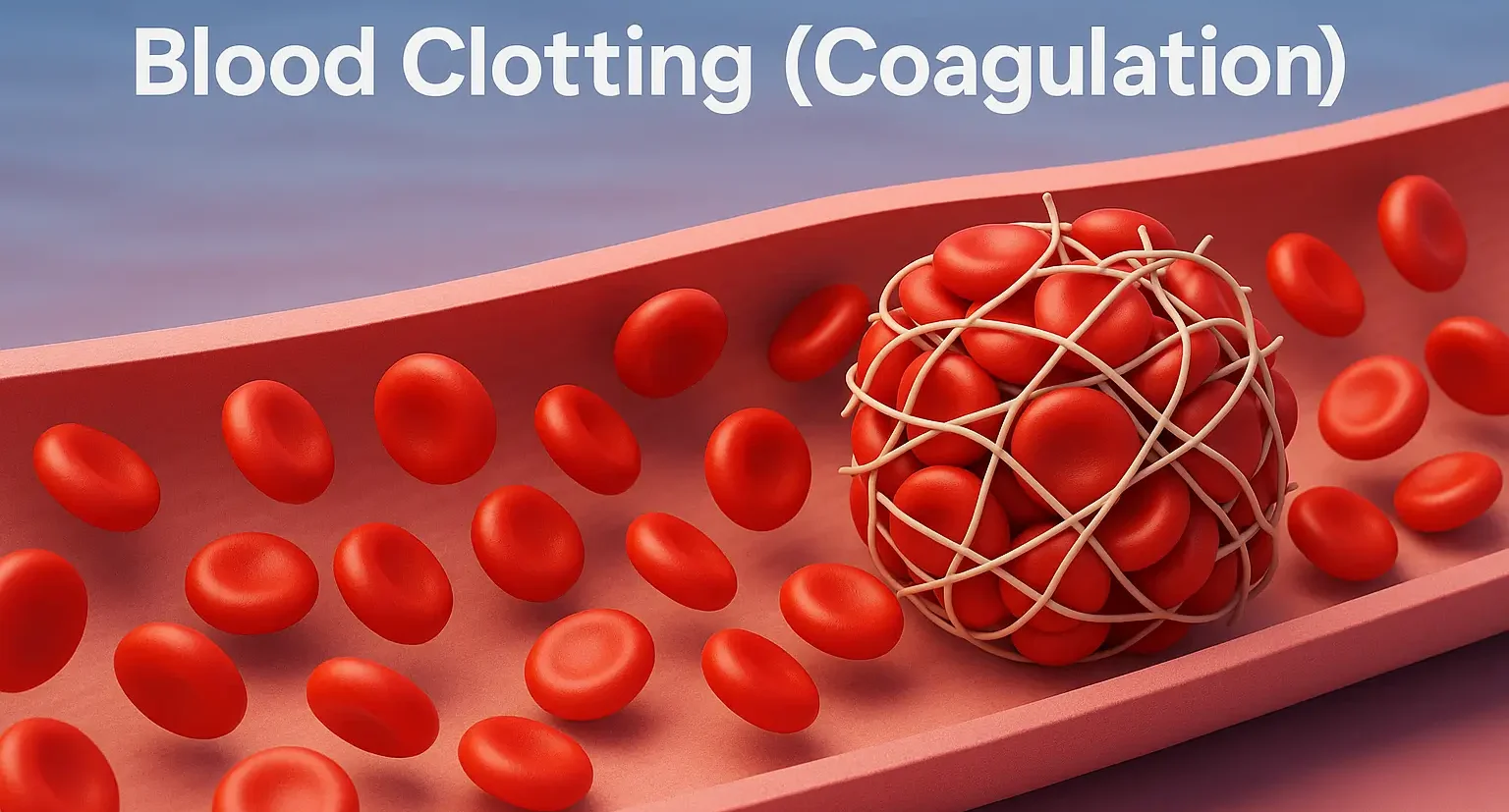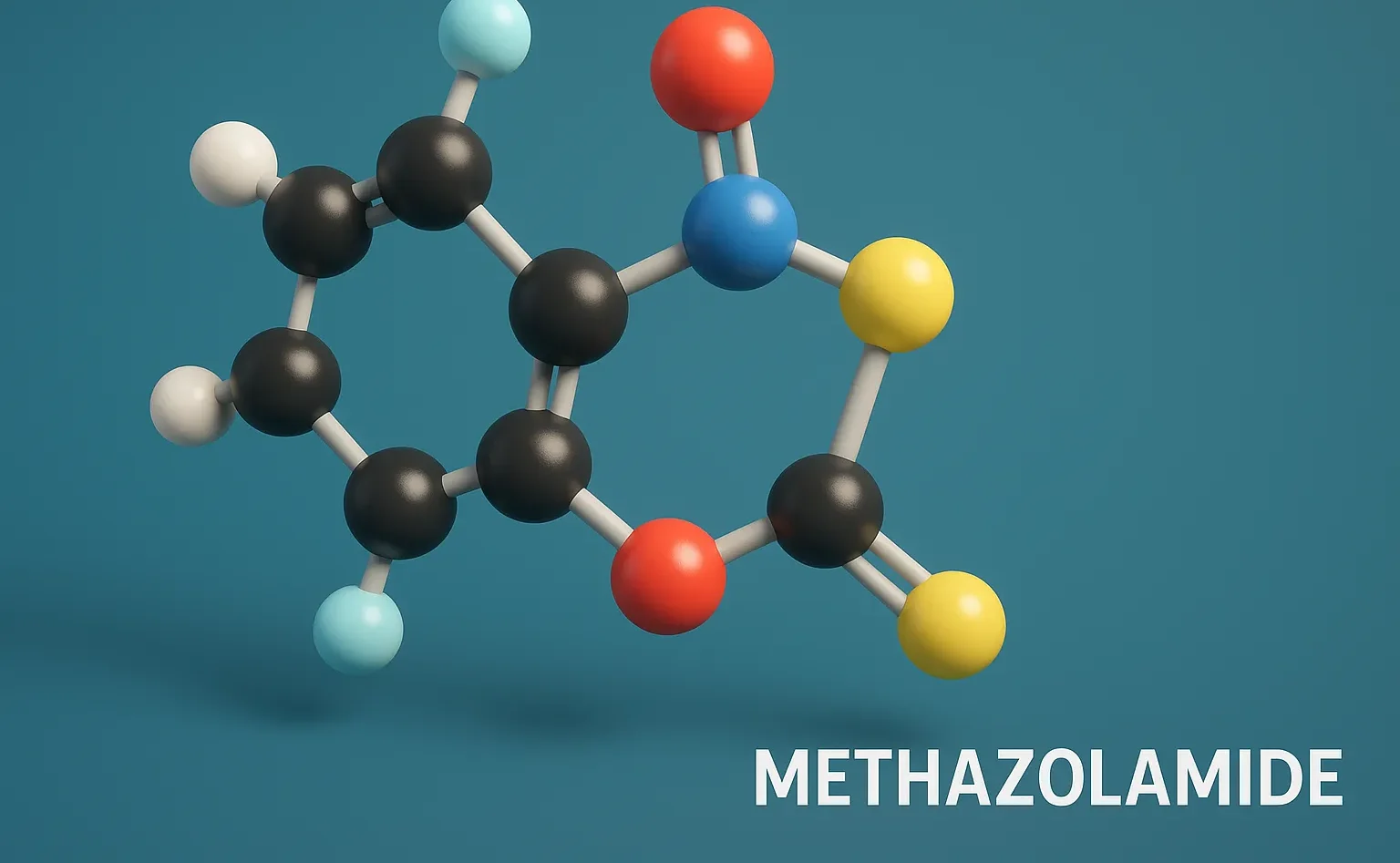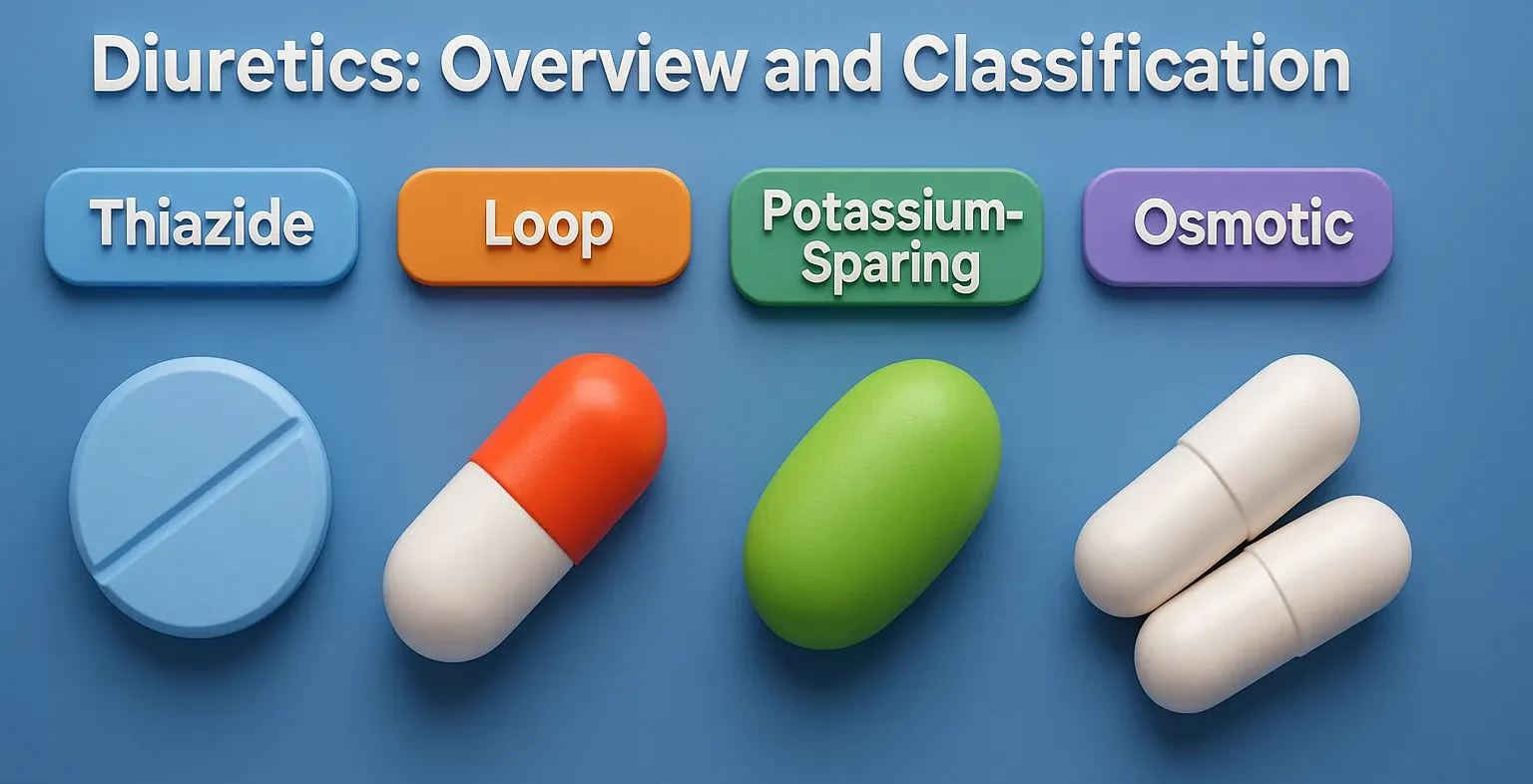Hydrochlorothiazide
Hydrochlorothiazide is a thiazide diuretic used to manage hypertension and edema by increasing sodium and water excretion. Structure of Hydrochlorothiazide Hydrochlorothiazide is a thiazide diuretic similar to chlorthiazide but with a hydrochloride salt form to enhance solubility. Chemical Formula: C₇H₇ClN₃O₄S₂·HCl Mode of Action Thiazide Receptor Blocking: Inhibits the sodium-chloride symporter in the distal convoluted tubule. … Read more

